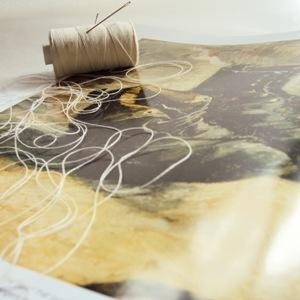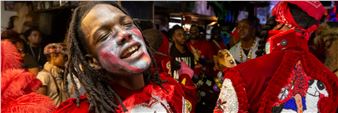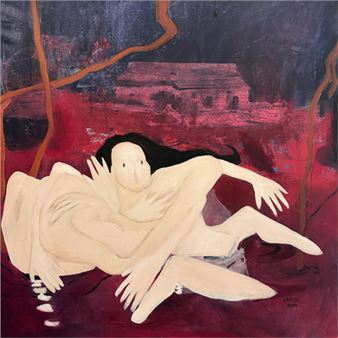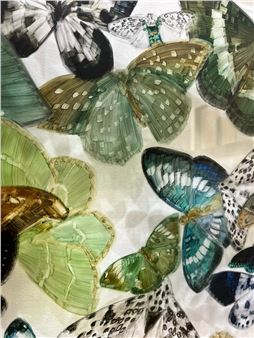Pointure is a metaphor mobilised by Jacques Derrida in his 1978 essay ‚ÄėRestitutions of the truth in pointing (Pointure)‚Äô, relating to the theoretical act of reading paintings, with particular reference to Martin Heidegger and Meyer Shapiro‚Äôs reading of Van Gogh‚Äôs painting/s of empty shoes. The term relates to printing in terms of the small pointed blade used to fix the page to be printed on to the tympan, as well as the hole that it makes in the paper. Derrida also links the practice of shoemaking with the term Pointure. In relation to the primary metaphor of Pointure, Derrida employs a trinity of sub-metaphors: the word ‚Äėlace‚Äô is the first of these, referencing to the lacing of a shoe. Lace textiles also come to mind. The French word for ‚Äėlace‚Äô is le lacet, which can also mean ‚Äėtrap‚Äô or ‚Äėsnare‚Äô. In this sense Van Gogh‚Äôs empty shoes with open laces represent an empty trap, a vacuum of presence to delve into ‚ÄĒ where only ghosts can be found. ‚ÄėGhost‚Äô is the final metaphor of Pointure.



 ARTISTS
ARTISTS














